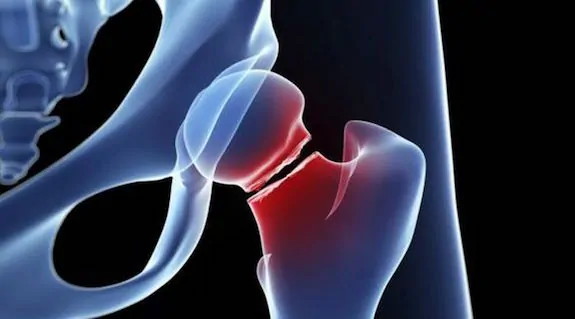
What are the Advantages and Disadvantages of Alternative Medicine?
Amid the advancements of conventional healthcare, a growing number of individuals are exploring the realm of alternative medicine, seeking treatments that extend beyond the typical medical procedures and pharmaceuticals. This







